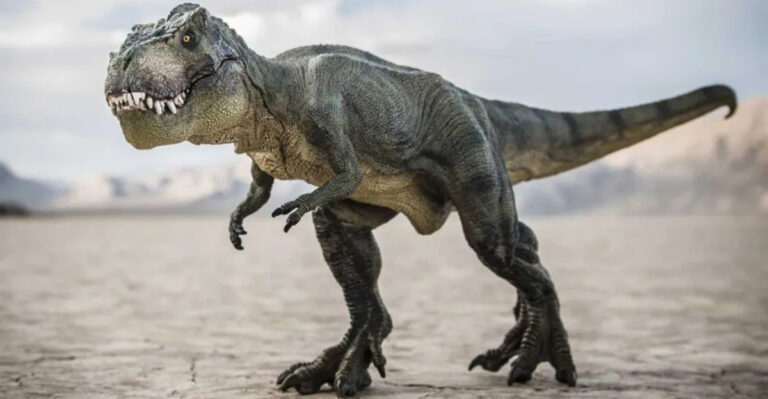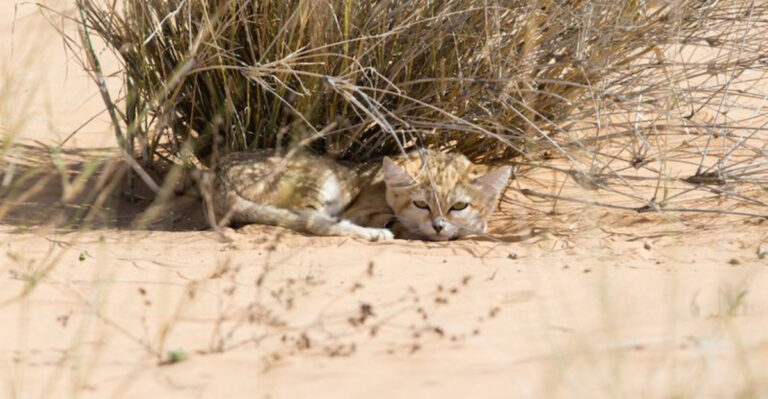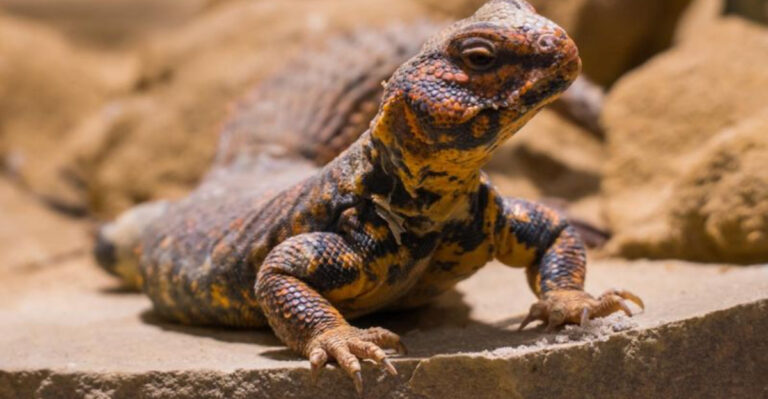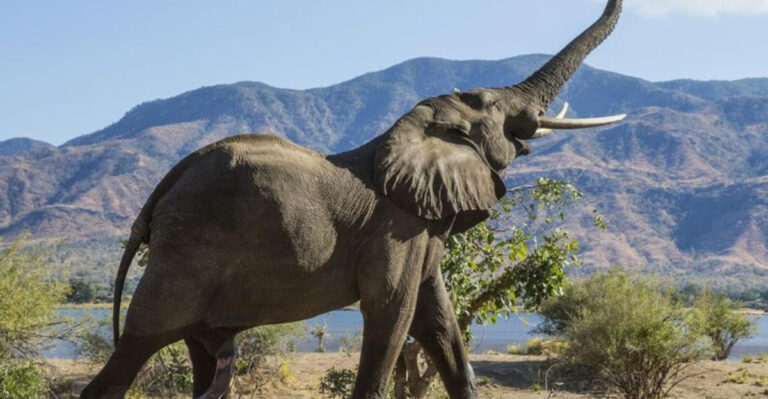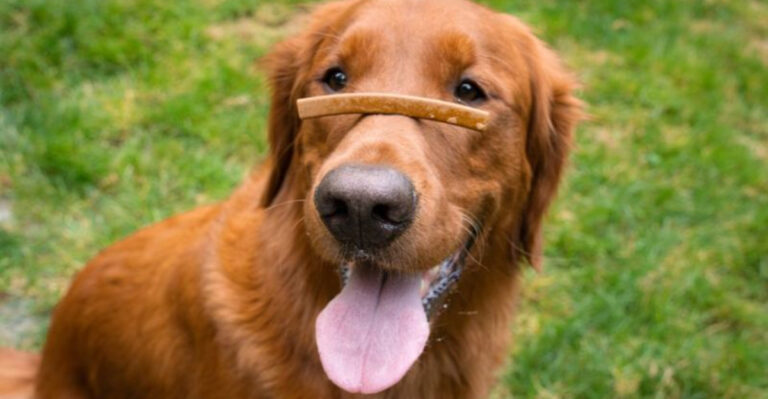29 Adorable Yet Surprisingly Dangerous Animals You Shouldn’t Mess With
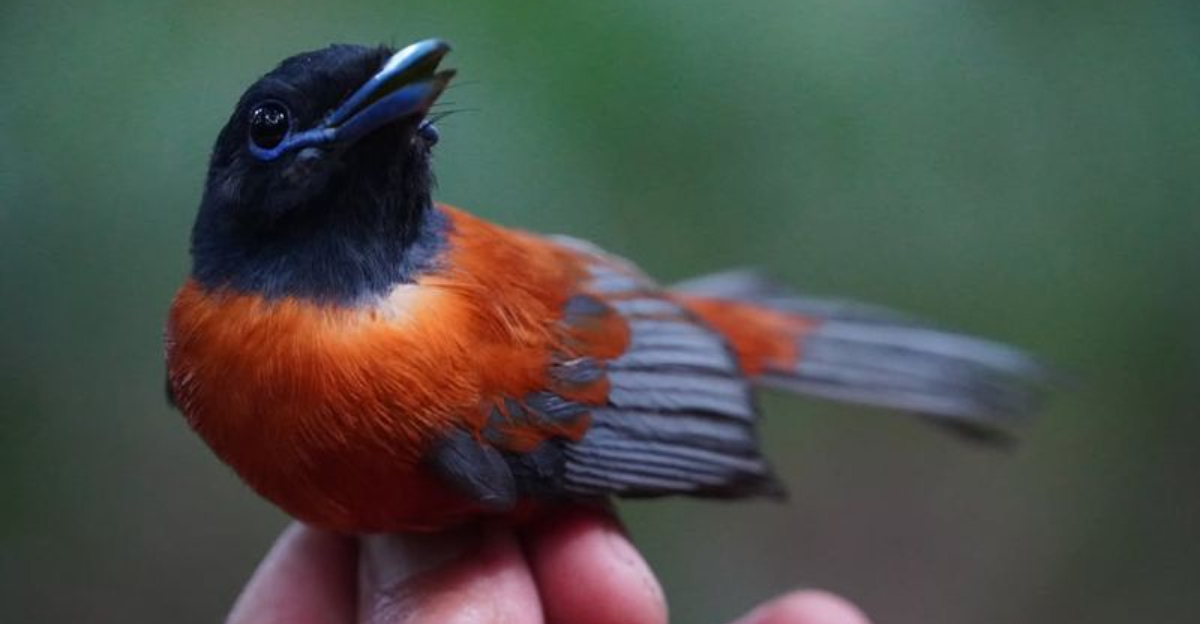
In the animal kingdom, appearances can be deceiving. While many creatures captivate with their charming looks, some harbor a hidden peril. From the vibrant Poison Dart Frog to the seemingly innocuous Hedgehog, these animals remind us that nature is full of surprises.
As we explore their fascinating traits and habitats, remember that beauty and danger often go hand in hand.
1. Fiddler Ray
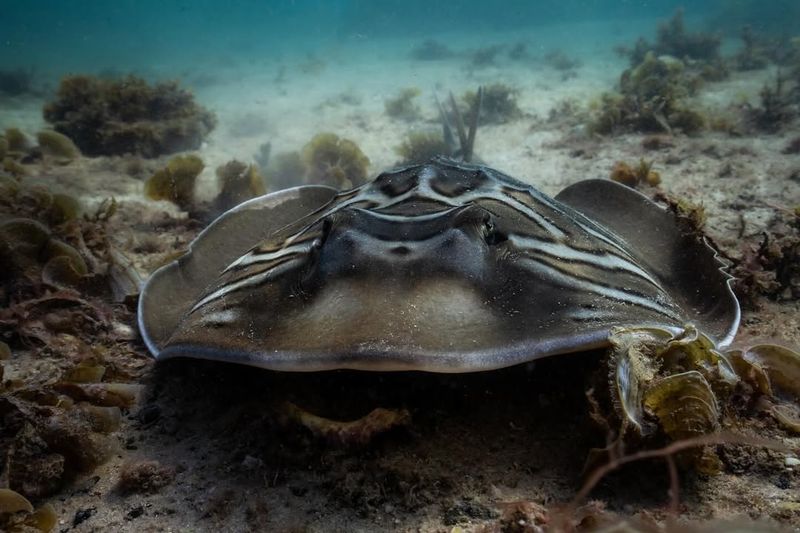
The Fiddler Ray, despite its small and unassuming appearance, is a surprisingly dangerous animal. Known for its sharp, venomous spines along its body, this ray can deliver a painful sting if stepped on or provoked.
Its name comes from the unique shape of its body, which resembles a violin or fiddle, making it an interesting creature to observe. However, it’s important to be cautious when encountering one, as its venom can cause severe pain and discomfort.
2. Pangolin
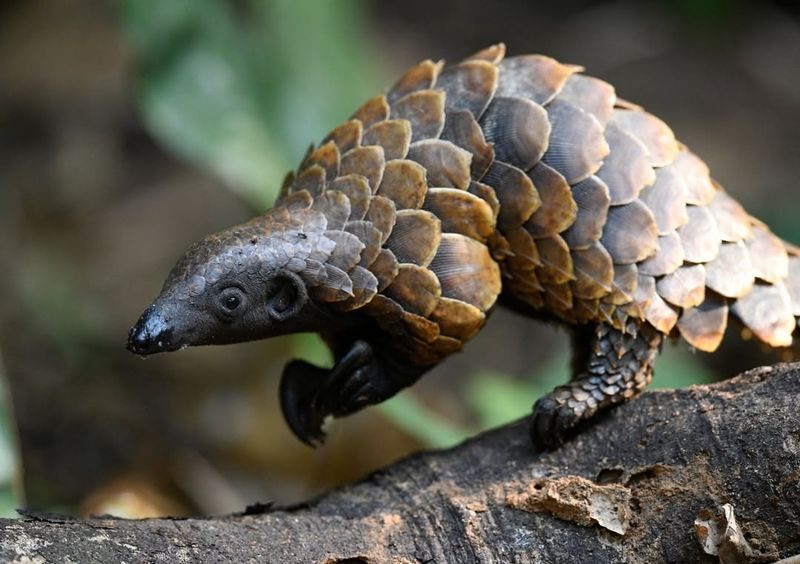
Pangolins are known for their scaly armor and are often considered one of the most unique mammals on the planet. While they may appear gentle, pangolins can be dangerous if threatened. Their sharp claws are used for digging, and they can become aggressive when cornered.
Some species also secrete a strong-smelling substance from glands near their anus as a defense mechanism. Additionally, pangolins are often the target of poaching, which is a major threat to their survival.
3. Slow Loris
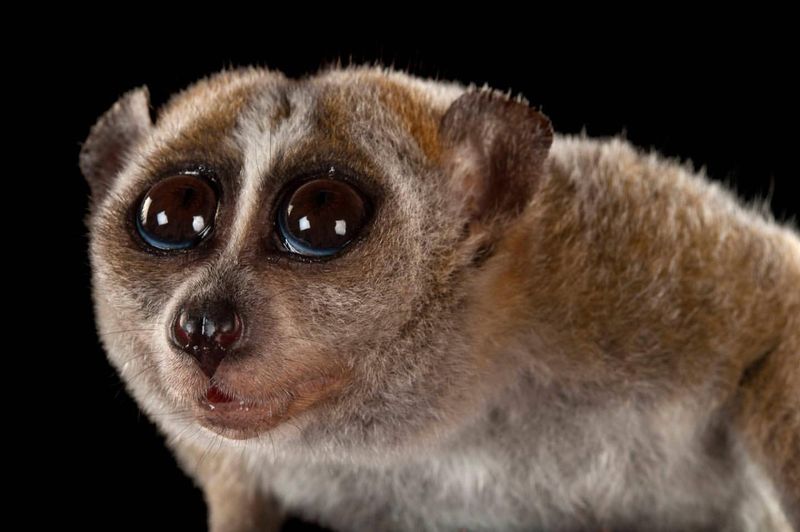
The slow loris, with its big eyes and cute, slow-moving nature, may seem harmless at first, but it can be dangerous. When threatened, the slow loris secretes a toxic substance from its elbow that it licks and rubs onto its fur.
This toxin can cause severe allergic reactions in humans and can even be fatal. In addition, the slow loris has sharp teeth, and when frightened, it is known to bite, injecting venom through its teeth, making it a creature that should be appreciated from a distance.
4. Poison Dart Frog
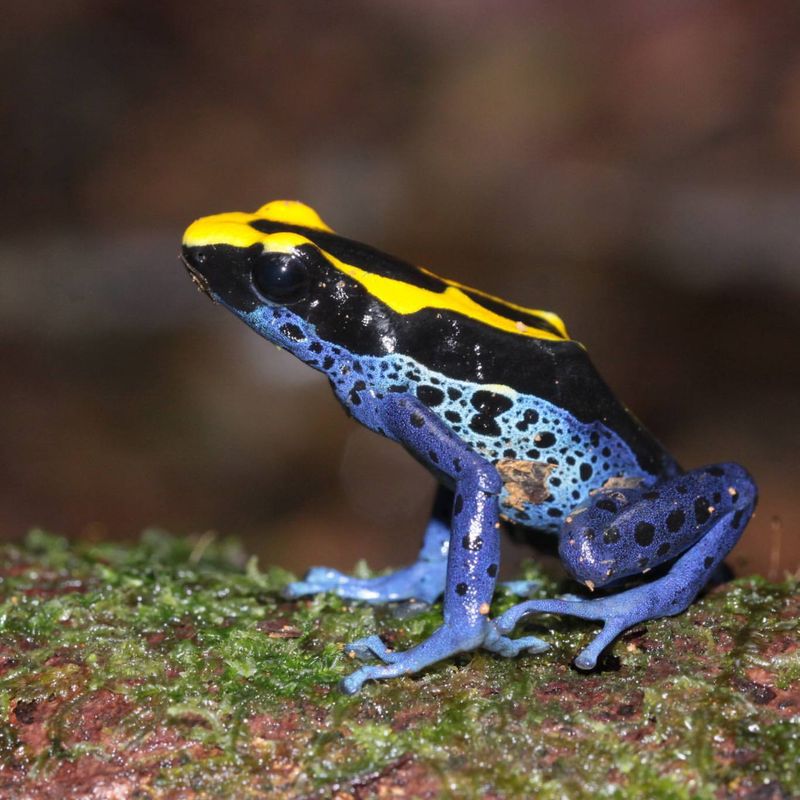
Poison dart frogs, despite their small size and vibrant, colorful appearance, are among the most toxic animals in the world. Their bright colors serve as a warning to potential predators about their potent toxins, which can cause paralysis or even death.
These frogs produce the toxins through their diet of ants and other small invertebrates, and some species have been found to have enough poison to kill a human. However, frogs raised in captivity, away from their natural diet, generally do not produce these toxic substances.
5. Pufferfish
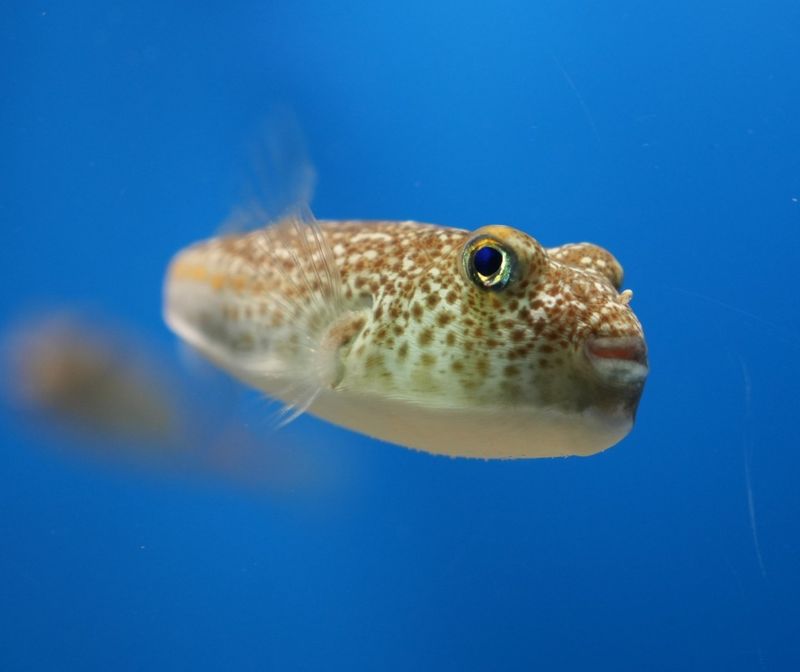
Pufferfish, also known as fugu in Japan, are infamous for containing tetrodotoxin, a potent neurotoxin that is up to 1,200 times more deadly than cyanide. Despite their cute appearance, pufferfish can cause paralysis and death if not prepared properly.
In Japan, chefs undergo years of training to safely prepare the fish for consumption, but even so, there are still occasional fatalities from improperly prepared pufferfish. The fish’s ability to inflate and its toxic defenses are both deterrents to predators.
6. Blue-Ringed Octopus
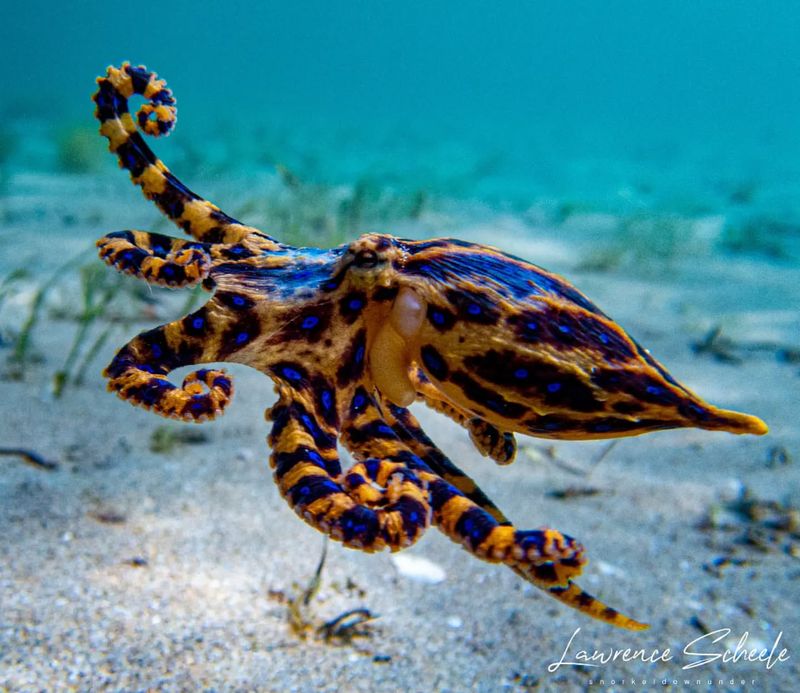
The blue-ringed octopus, although small and beautiful with its vivid blue markings, is one of the most dangerous marine creatures. Its venom contains tetrodotoxin, the same neurotoxin found in pufferfish, which can cause paralysis and respiratory failure in humans within hours.
Despite its small size, the blue-ringed octopus is capable of delivering a fatal bite. It’s best to admire these stunning creatures from a safe distance and avoid handling them.
7. Platypus
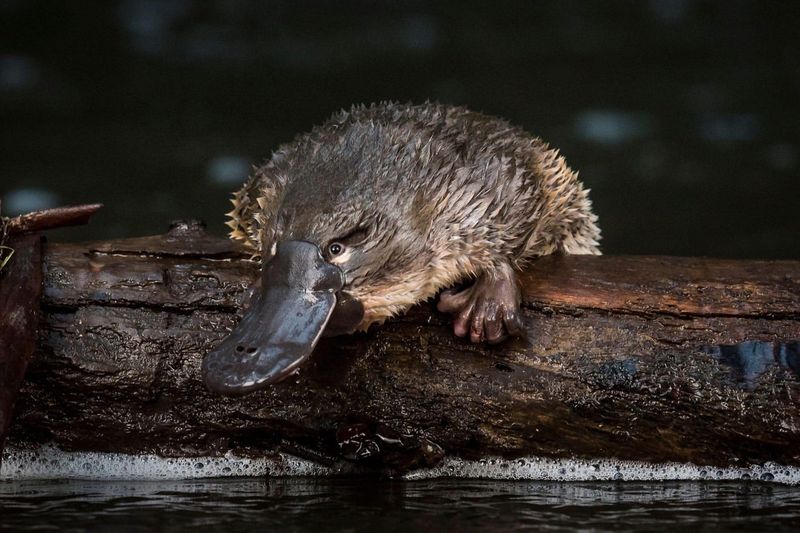
The platypus, with its duck-like bill, beaver-like tail, and webbed feet, is an incredibly unique animal, but it also has a surprising weapon. Males have venomous spurs on their hind legs that they use to defend themselves during mating season.
While not deadly to humans, the venom can cause excruciating pain and swelling. The platypus’ unique combination of physical traits and its venomous defense make it a fascinating yet potentially dangerous creature.
8. Box Jellyfish
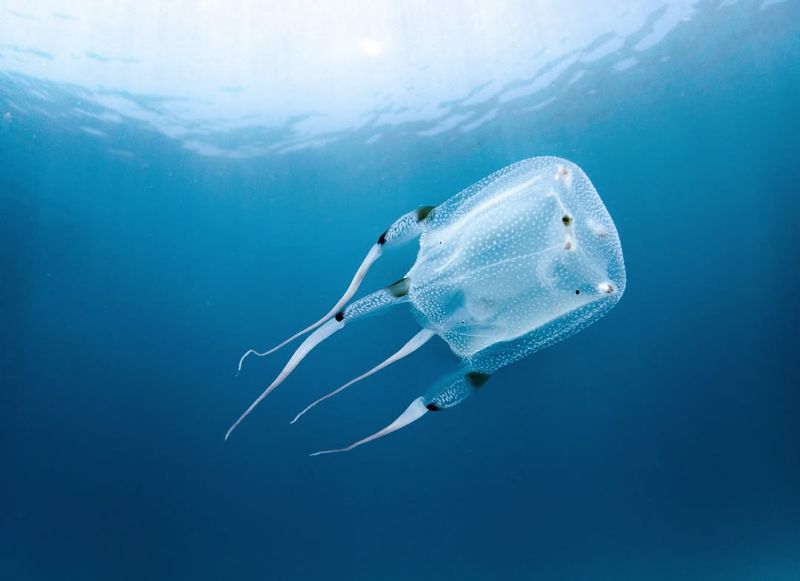
Box jellyfish are one of the most venomous creatures in the world, with tentacles capable of delivering a sting so powerful that it can cause cardiac arrest in just minutes.
Found primarily in the waters around Northern Australia and Southeast Asia, their transparent bodies are often hard to spot, which makes them particularly dangerous. The sting from a box jellyfish can cause intense pain, paralysis, and even death, which is why they are feared by swimmers and divers alike.
9. Cone Snail

The cone snail, though small and colorful, is one of the deadliest marine creatures. It possesses a venomous harpoon-like tooth capable of injecting neurotoxins into its prey. While it primarily hunts small fish, the toxins it delivers can be fatal to humans if bitten.
The venom can cause paralysis and respiratory failure, and there is no known antidote for the venom of certain species. Despite their beauty, cone snails should never be handled.
10. Cassowary
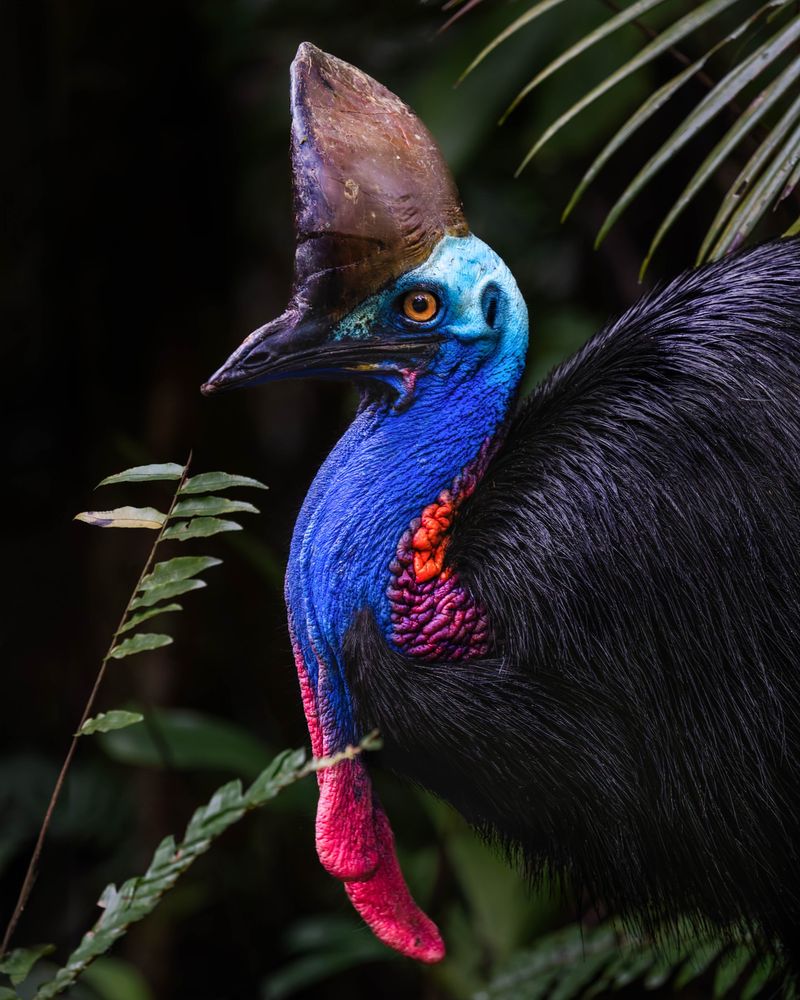
The cassowary, often described as the world’s most dangerous bird, is a large, flightless bird found in the tropical forests of New Guinea and northern Australia. This bird has powerful legs and sharp claws that can cause severe injuries or even death.
Its most formidable weapon is its sharp, dagger-like middle claw, which can reach up to five inches long. Despite their intimidating nature, cassowaries typically avoid human contact but can become aggressive if provoked or threatened.
11. European Adder
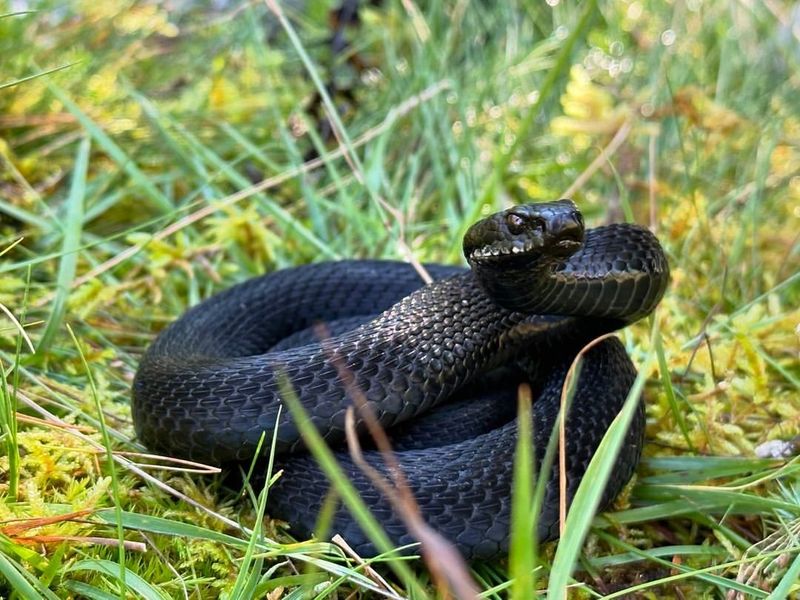
The European adder, or common viper, is the only venomous snake found in the UK. It is typically shy and avoids confrontation, but if threatened, it can strike with venom that may cause severe pain, swelling, and in some cases, death.
Its venom contains toxins that affect the blood, causing internal damage. Though bites are rare, they can be serious, especially if the snake feels cornered or threatened.
12. Africanized Honey Bee
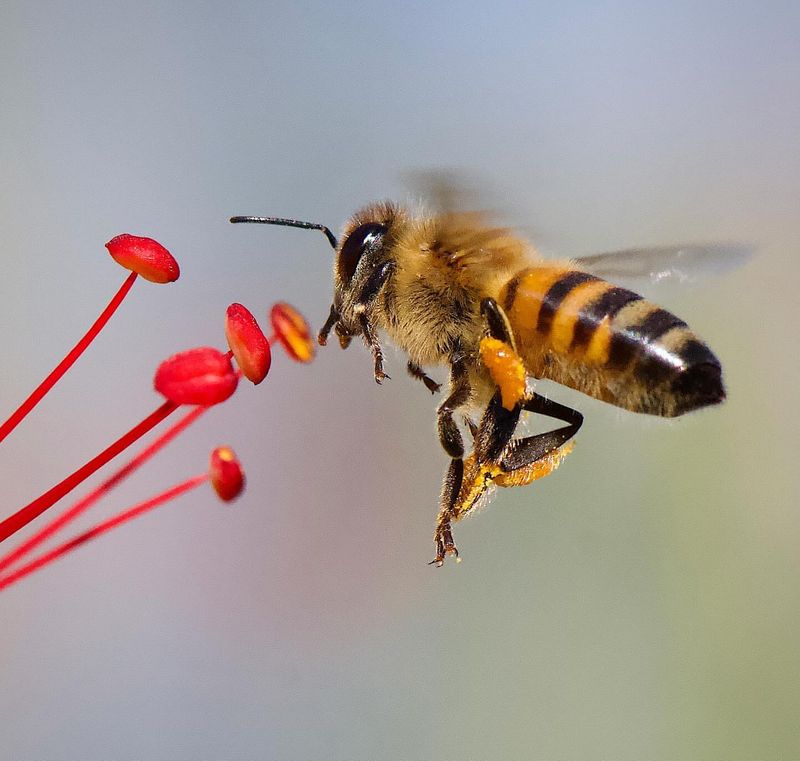
Africanized honey bees, often referred to as “killer bees,” are a hybrid species known for their aggressive nature. These bees will defend their hive in large swarms and chase intruders for great distances.
While a single bee’s sting is not deadly, the sheer number of stings from a swarm can cause serious allergic reactions and even death. Their aggressive defense mechanisms make them a significant threat to humans and animals who accidentally disturb their colonies.
13. Monarch Butterfly
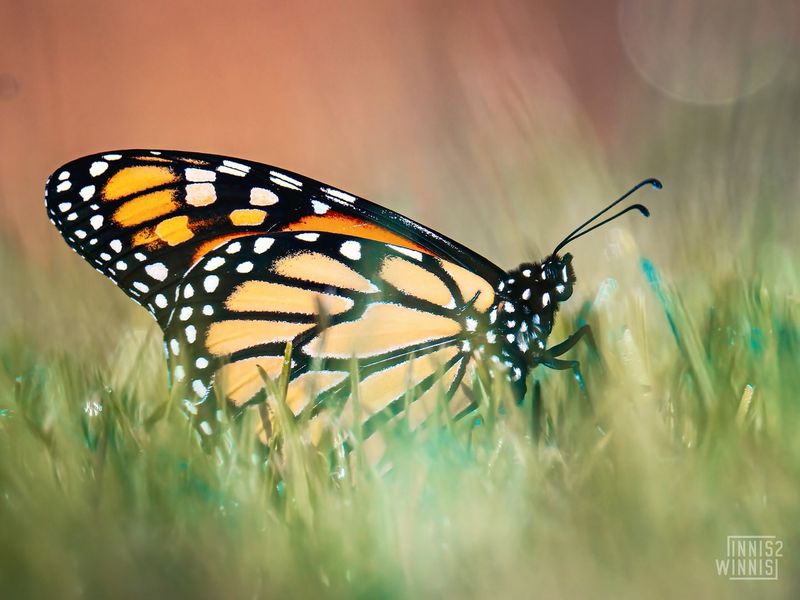
Monarch butterflies, known for their beauty and long migrations, may not seem dangerous at first, but they do have a defense mechanism. The larvae feed on toxic milkweed, which accumulates toxins in their bodies, making them unappealing to predators.
These toxins can make their flesh taste bitter or even toxic to some animals, deterring them from eating the butterflies. While not harmful to humans, these butterflies are an example of nature’s clever use of toxins to avoid being eaten.
14. Hooded Pitohui
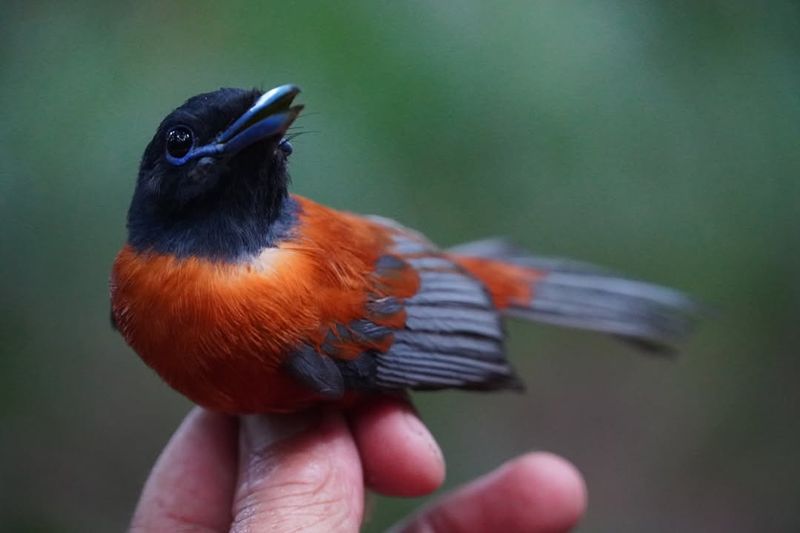
The hooded pitohui is a brightly colored bird found in New Guinea, known for its toxic feathers and skin. The bird’s toxicity comes from the batrachotoxin in its body, which it accumulates by eating toxic beetles.
This toxin can cause severe symptoms in predators who attempt to eat the bird. While the pitohui is not dangerous to humans under normal circumstances, it serves as a potent reminder of the potential dangers of brightly colored creatures in nature.
15. Spotted Salamander
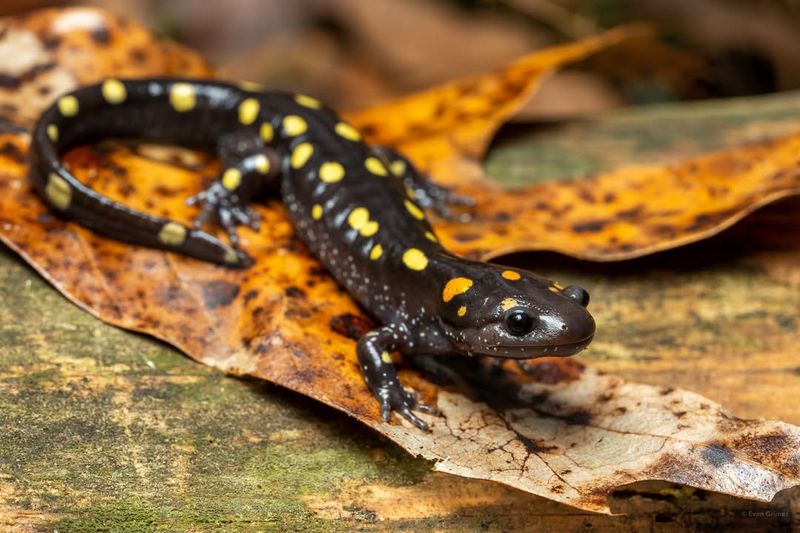
The spotted salamander, while not immediately dangerous to humans, has a defense mechanism that can be harmful to predators. When threatened, this salamander secretes a toxic substance from its skin that can cause irritation or even illness in those who attempt to eat it.
These salamanders are generally shy and prefer to avoid contact, but their toxic skin serves as a deterrent against potential predators.
16. Leopard Seal
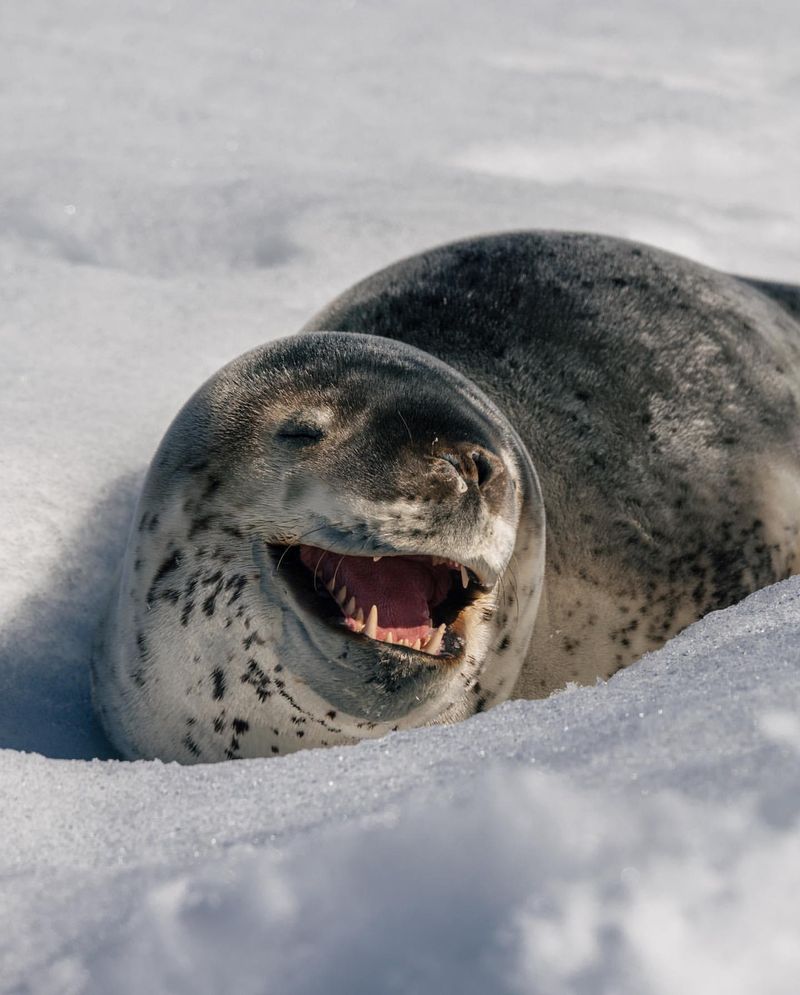
Leopard seals, with their long bodies and sharp teeth, are one of the most dangerous predators in the Antarctic. They are aggressive hunters, preying on fish, birds, and even penguins.
While they are not typically a threat to humans, leopard seals have been known to attack, especially when provoked. Their strong jaws and sharp teeth can cause serious injuries, and their size and power make them a formidable opponent in the wild.
17. Coral Snake
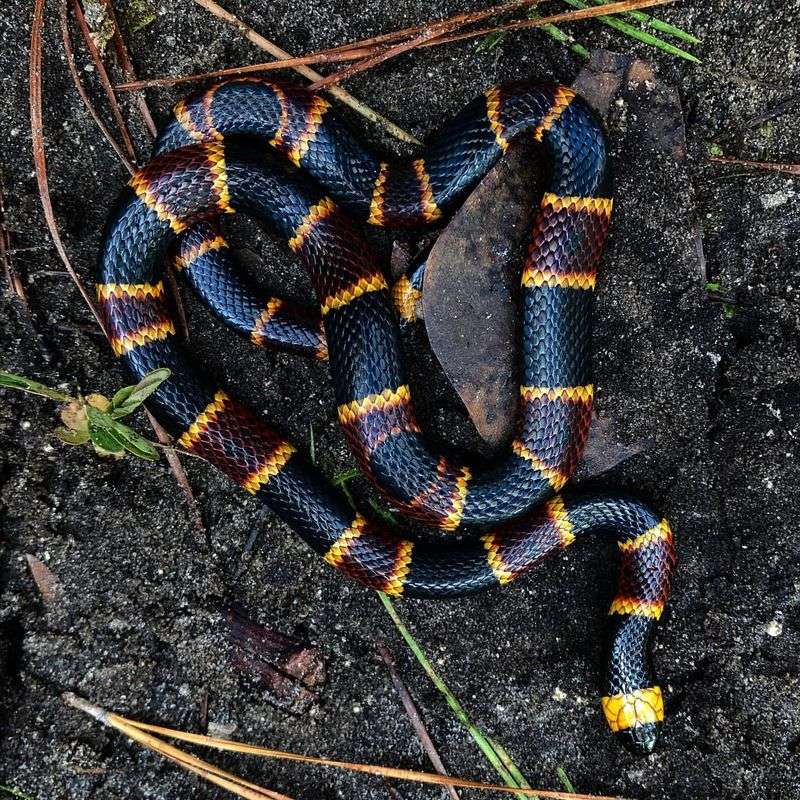
Coral snakes are highly venomous snakes found in North and South America. Their bright red, yellow, and black bands are a warning to potential predators of their toxic bite.
The venom of a coral snake contains powerful neurotoxins that can lead to paralysis and respiratory failure in humans. Despite their venomous nature, coral snakes are generally shy and avoid human contact but can strike if threatened or cornered.
18. Stonefish
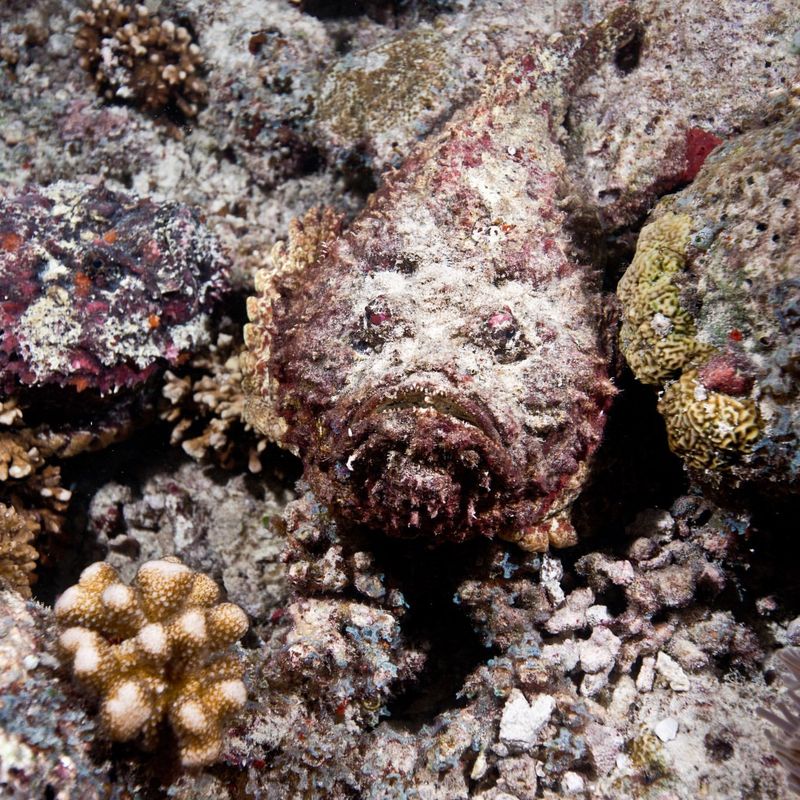
Stonefish are camouflaged creatures found in coastal waters, particularly in the Indo-Pacific region. They are one of the most venomous fish in the world, and their spines, which are located on their dorsal fins, can inject a potent toxin that causes extreme pain, paralysis, and in some cases, death.
Their excellent camouflage means they are often stepped on by unsuspecting swimmers, resulting in painful stings and potentially life-threatening injuries.
19. Brazilian Wandering Spider
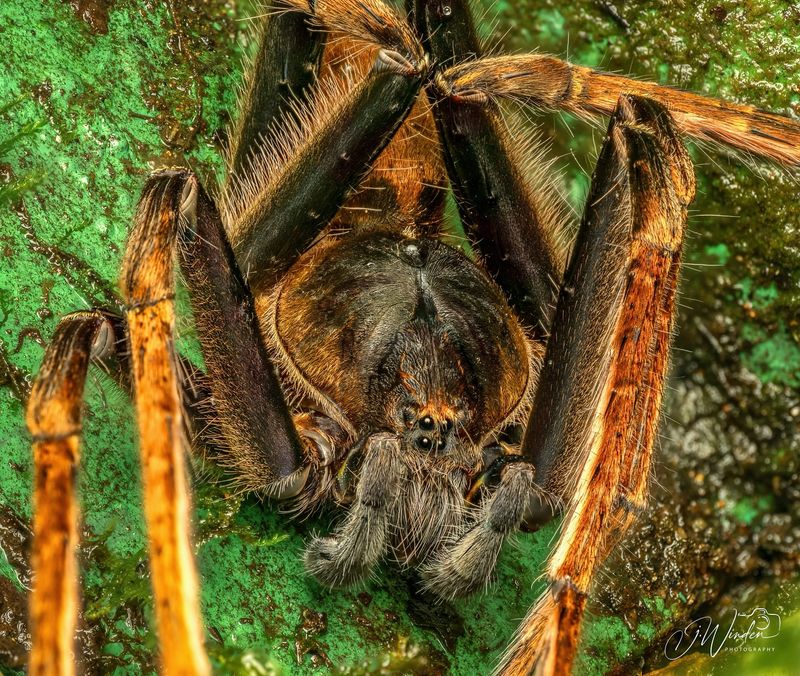
The Brazilian wandering spider is known for its venomous bite, which can cause extreme pain, paralysis, and even death. This spider’s aggressive nature makes it one of the most dangerous arachnids, as it tends to roam rather than build webs.
The venom from its bite contains toxins that affect the nervous system, leading to symptoms like nausea, difficulty breathing, and even coma in severe cases. However, fatalities are rare due to the availability of antivenom.
20. Harlequin Frogs
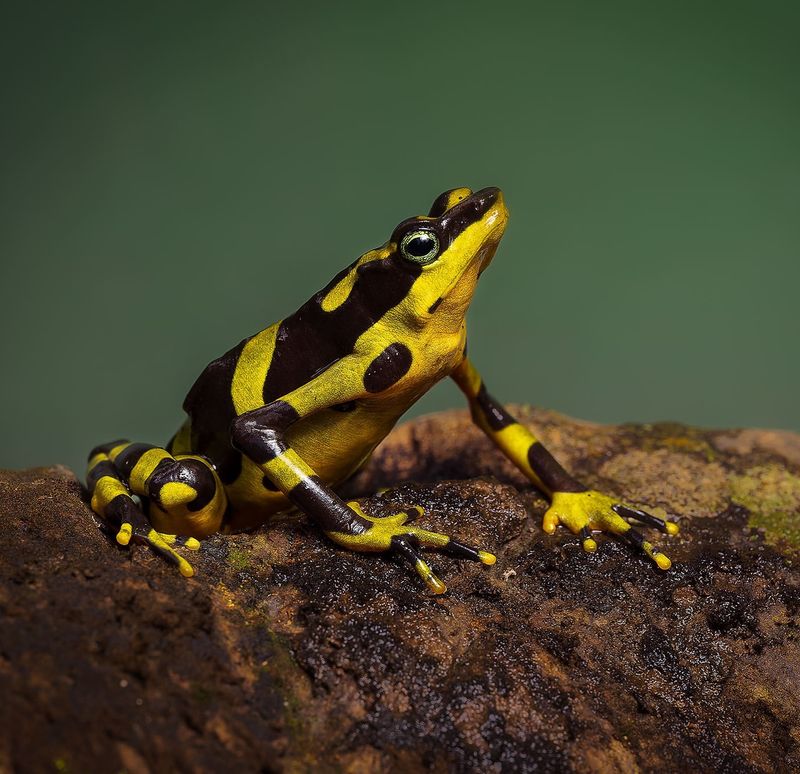
Harlequin frogs are brightly colored amphibians found in Central and South America. While their striking appearance makes them seem harmless, they are toxic to predators due to the alkaloids they absorb from their diet of poisonous insects.
The toxins in their skin can cause serious reactions in animals that attempt to eat them, making them a prime example of nature’s use of bright colors as a warning sign of danger.
21. Komodo Dragon
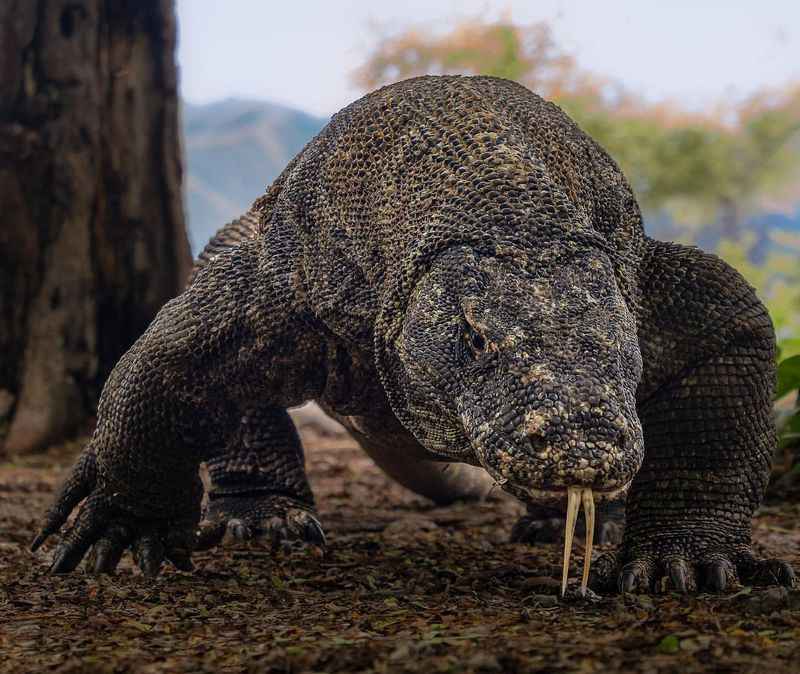
Komodo dragons, the largest living lizards, are powerful predators found in Indonesia. They can grow up to 10 feet long and have extremely sharp teeth and claws. Komodo dragons use their venomous saliva, which contains bacteria, to weaken their prey before they deliver the fatal bite.
Their strength and hunting abilities make them one of the most dangerous reptiles, and their massive size ensures that they dominate their territory.
22. Gila Monster
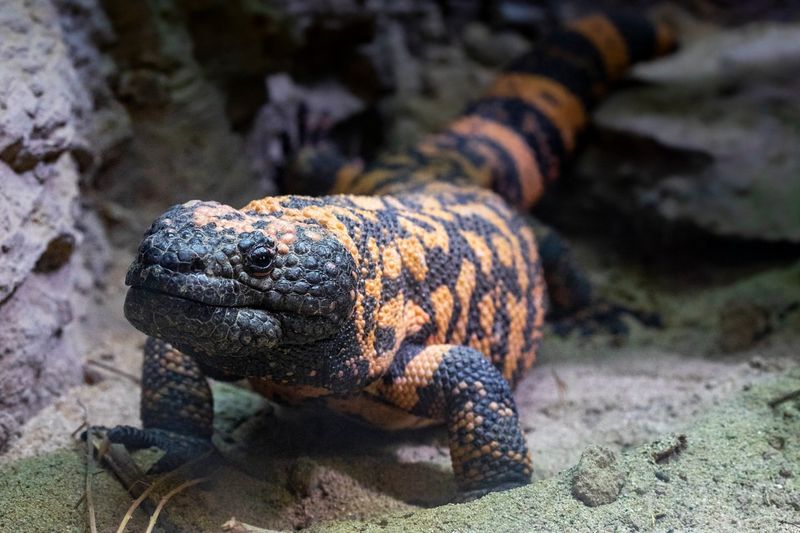
The Gila monster is a venomous lizard native to the southwestern United States and Mexico. Despite their slow-moving nature, these creatures possess potent venom in their saliva, which can cause extreme pain, swelling, and even death.
The Gila monster’s venom is delivered through grooves in its teeth, and it uses this venom primarily for hunting prey. While it typically avoids humans, it can bite if provoked.
23. Newt
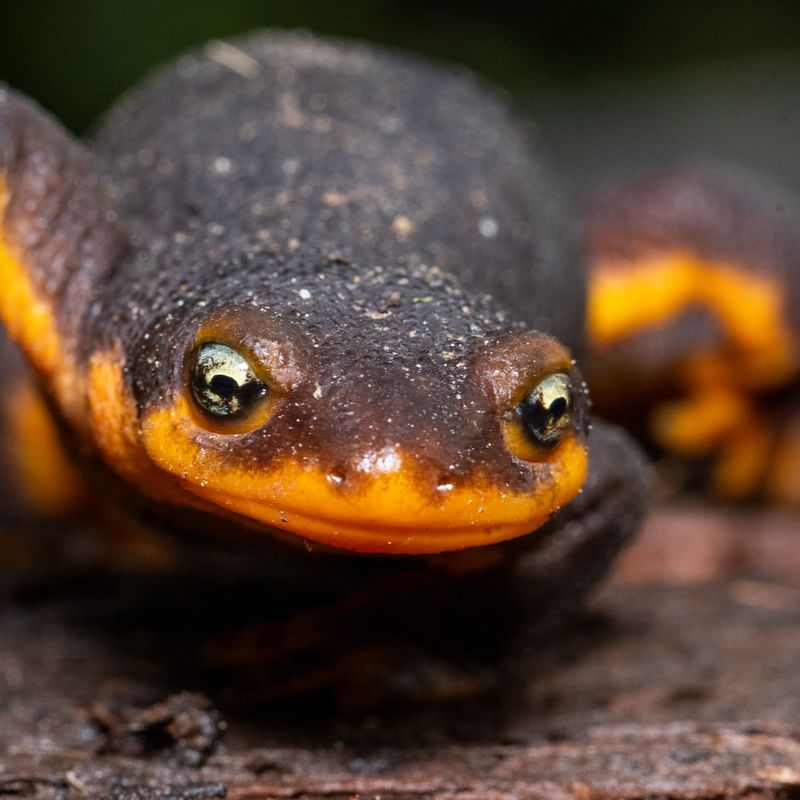
Though generally harmless, newts have a potent defense mechanism. Some species of newts, such as the rough-skinned newt, secrete a powerful toxin from their skin that can be deadly to predators.
The toxin is meant to deter potential threats, and while it is not harmful to humans unless consumed in large quantities, it serves as a strong warning to animals who might otherwise try to eat them.
24. Redback Spider
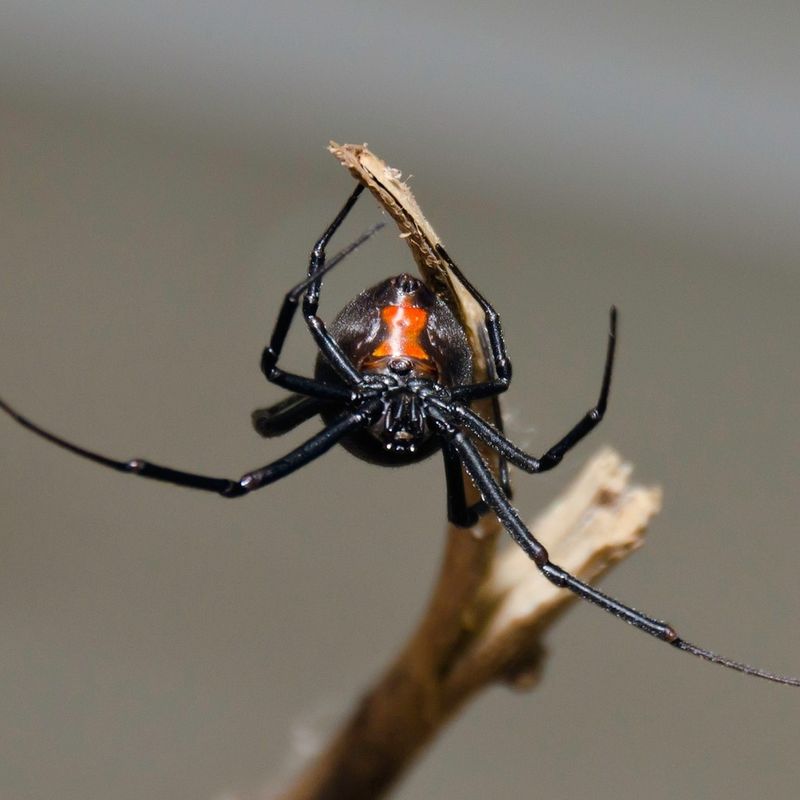
Redback spiders, native to Australia, are highly venomous and have a reputation for delivering painful bites. Their venom can cause intense pain, sweating, and nausea, and in some cases, it can lead to serious complications.
While fatalities from redback spider bites are rare due to the availability of antivenom, their aggressive nature and potent venom make them one of the most feared arachnids in Australia.
25. Tarsier
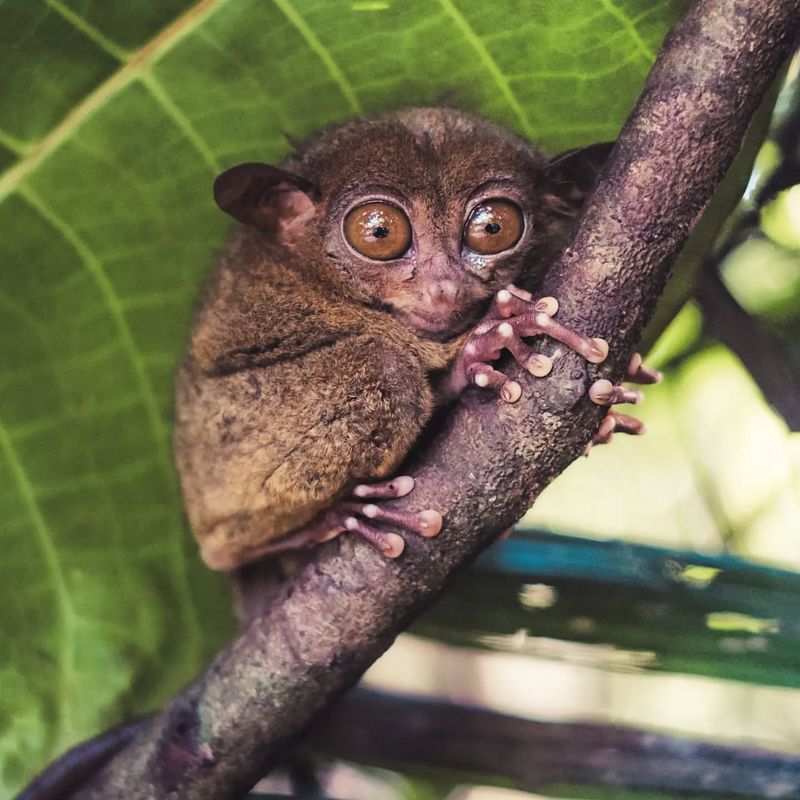
The tarsier, a small primate found in Southeast Asia, may look harmless, but it has some surprising traits. It has sharp teeth used to catch and eat small prey like insects, birds, and reptiles.
While tarsiers are not dangerous to humans, they can be aggressive when threatened. Their strong jaws and fast reflexes make them formidable hunters in their natural habitat.
26. Fiddler Ray
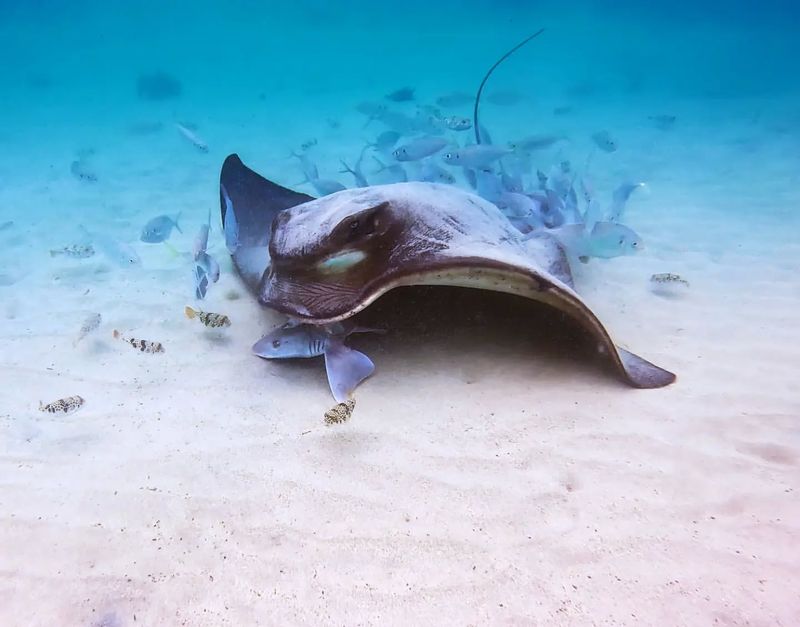
The fiddler ray, a type of stingray, has a unique feature: its sharp, venomous spine. This ray uses its spines for self-defense against predators.
Despite their docile nature when left undisturbed, they can deliver a painful sting if threatened, causing intense pain and swelling. Their venomous sting serves as a deterrent to potential threats in their marine environments.
27. Japanese Giant Hornet
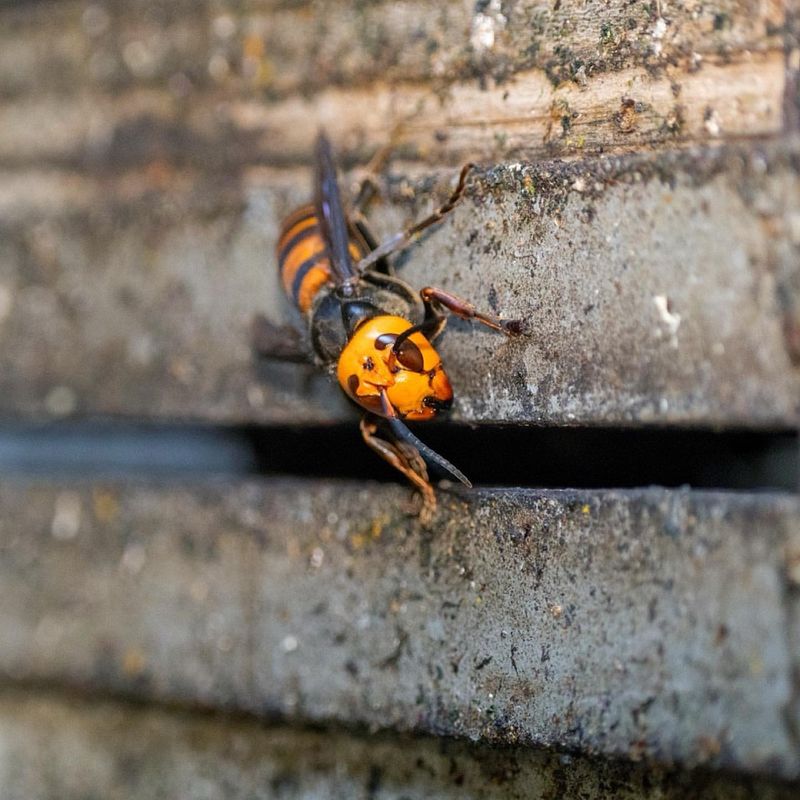
The Japanese giant hornet is one of the largest hornet species in the world, and it is known for its aggressive behavior and potent venom. When provoked, these hornets can sting multiple times, injecting venom that causes extreme pain, swelling, and allergic reactions in some individuals.
The venom can also attack the human nervous system in severe cases. Their ability to swarm and their venomous stings make them a dangerous species to encounter.
28. Hedgehog
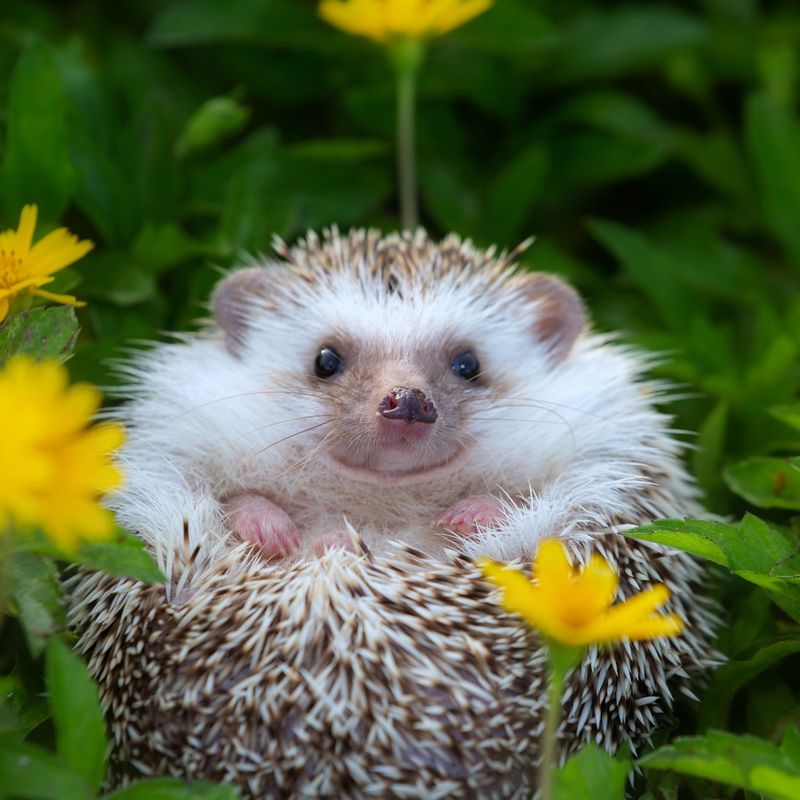
Though hedgehogs are often regarded as adorable and harmless, they can deliver a painful bite if threatened. They use their sharp teeth to defend themselves against predators, and their spiny bodies are excellent for warding off larger animals.
While they generally avoid confrontation and are not dangerous to humans, it’s important to handle them carefully, as they can get stressed and defensive when scared.
29. Swans
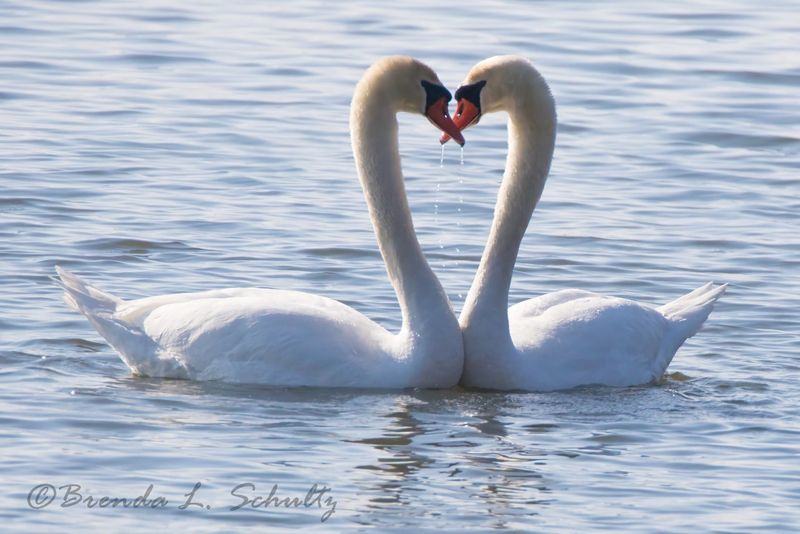
Swans, despite their graceful and serene appearance, are highly territorial and can become aggressive if they feel threatened. Their powerful wings and sharp beaks can cause significant injuries, and they have been known to chase away intruders, including humans.
While they are typically peaceful animals, it’s best to keep a respectful distance from swans, especially during mating seasons when they are most protective of their nests.

